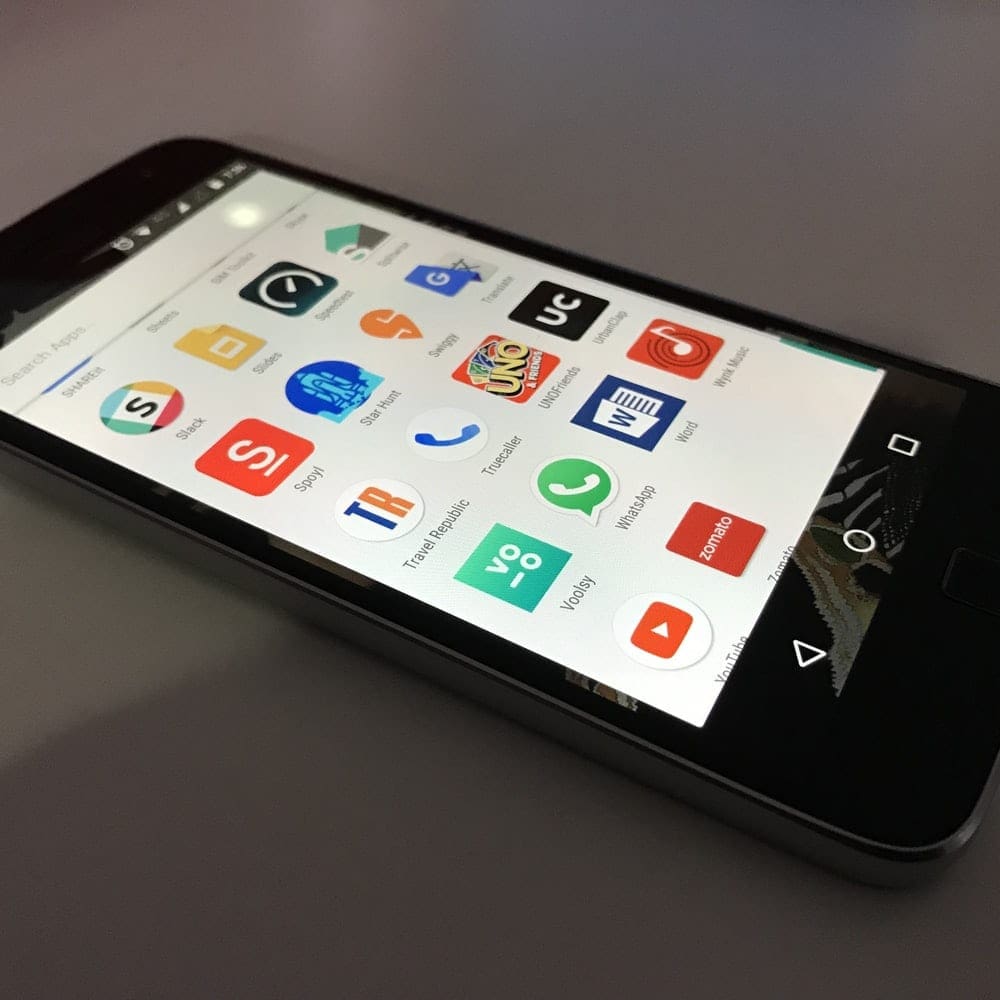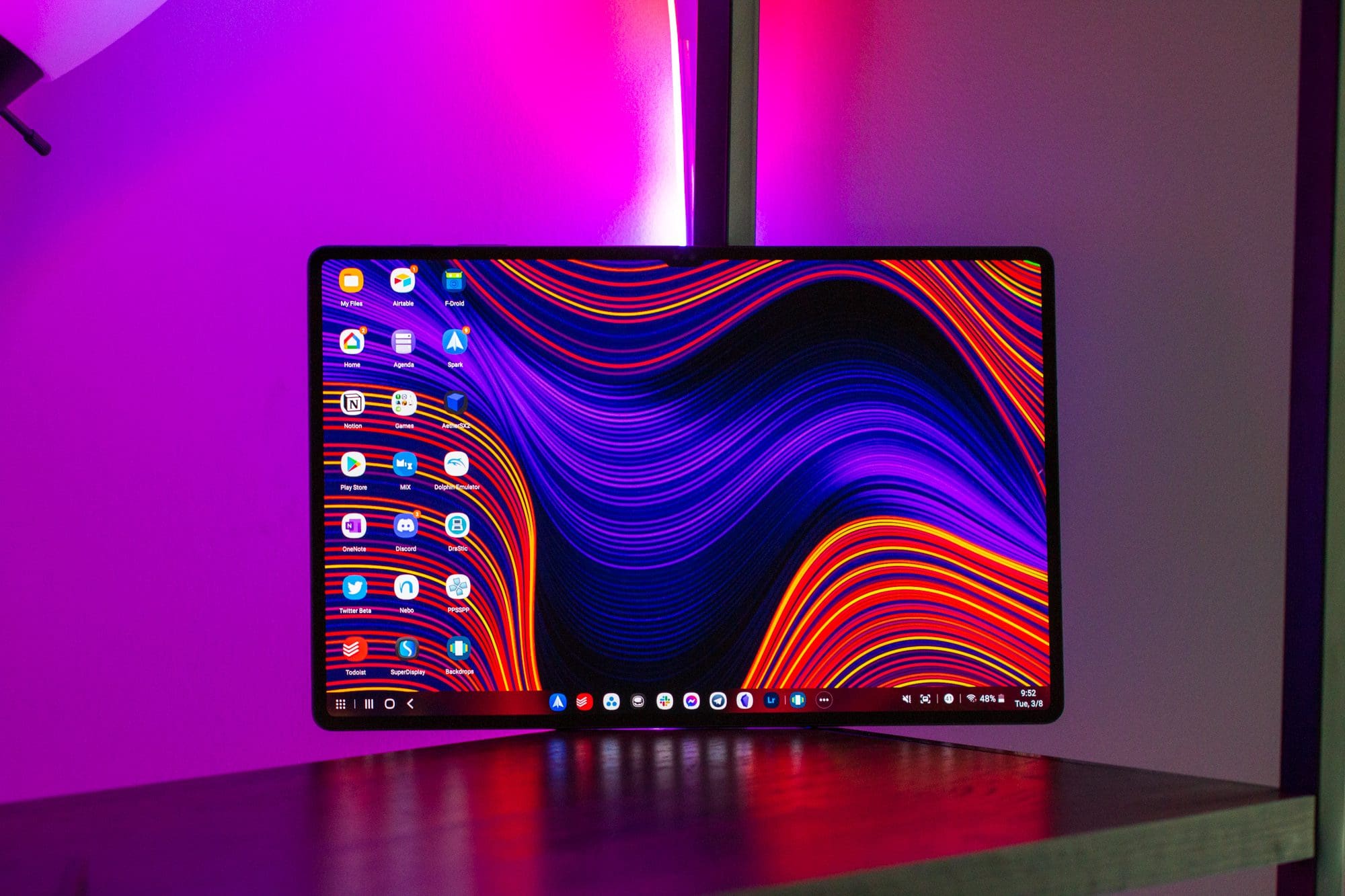Smartphone manufacturers are always coming up with new innovations to keep customers interested and up-to-speed with the latest smartphone technology. Since the handheld phone’s invention in 1973 by Motorola to the first smartphone in 1992 to modern-day Samsung’s, iPhones, and Google Pixels, what we know as the mobile phone has morphed considerably. Screen displays have gone from yellow monochrome to 4k IPS panels; keypads have gone from candy bar style to touch screen; batteries are no longer bricks, but a slim, hidden panel.
There is one feature that has remained virtually untouched in cell phones: vibration. Vibration is a feature generated by a small DC motor inside the phone that is set off by specific actions. These actions can be a notification or a touchpad sensor reaction. Many people prefer using vibration when they need access to notifications, but can’t have their ringtone going off (a performance, work, doctor’s office, etc.).
Android OS phones allow users to adjust their vibration settings. If you need extra oomph or you just want to disable keypad vibration, you can easily do so.
Contents
Vibrations Can You Adjust
Generally speaking, there are three different vibration options you can adjust.
Ring Vibration
Your phone will vibrate alongside your ringtone. This is useful when you receive a lot of important calls, but you either do not want to use the traditional ringtone or need extra notification.
Notification Vibration
Your phone will vibrate when you receive notifications like messages, emails, and social media engagements.
Touch Feedback
Your phone will vibrate when you tap it while navigating through the menus and while typing. It provides extra clear feedback that your phone is processing your inputs.
How to Adjust Intensity
Because of the different Android OSes and devices still in use, the UI and the options provided below might differ from phone to phone. Even if this is the case, you should be able to access intensity settings by following similar steps.
- Go to Settings
- Tap on Accessibility

- Scroll down and go to Vibration & Haptic Strength

- Set your intensity preferences for the three vibration options: Ring vibration, Notification vibration, and Touch feedback.

Types of Phone Vibration Motors
Different phone manufacturers use different components to make their phones. The vibration motor is not an exception. Knowing what kind of motor your phone uses can give you better insight into your phone’s performance and the effectiveness of its vibration setting.
Eccentric Rotation Motor (ERM)
This motor uses an unbalanced mass hooked to the shaft. The unbalanced mass produces a substantial amount of centrifugal force when rotated, thus, vibrating your phone. ERM is the oldest small vibration motor technology. As a result, it is well-developed and has multiple installation and connection methods. ERM is also lightweight, small, and inexpensive.
One particular kind of ERM that is used widely in smartphones is the coin vibration motor. Coin vibration motors are the thinnest ERMs, measuring 1.8mm. This makes it suitable for almost all smartphones on the market.
The main disadvantage of ERM is slow vibration acceleration. ERM takes one to two seconds to reach its highest vibration level from a standstill.
Linear Vibration Motor (LVM)
Linear Vibration Motor uses a spring-weight attached to the motor shaft, which moves up and down. The spring-weight will shift the weight like a wave, producing a vertical centrifugal force.
The coil and magnet drive the shaft. Once it triggers, the coil is powered, repelling the magnet, thus moving the spring upwards. The coil is released, and then the magnet comes back down using magnetic attraction.
The main advantage of a linear vibration motor is the vibration acceleration. It only takes 50ms from a complete standstill to reach the highest vibration level. LVM also has extended lifetime compared to ERM because of its brushless design. The spring is vulnerable to failure.
LVM is suitable for high-end smartphones that need premium endurance and faster haptic feedback.
Closing Thoughts
Vibration notification is an essential feature in all modern smartphones, not just ones running Android OS ones. With Android OS, though, you have greater control over the vibration’s intensity and ways in which you can apply the vibration feature.
When looking to purchase your next Android OS phone, if the vibration setting is important to you, check to see which motor it is using. ERM usually found in low to middle-range smartphones. LVM can be found in higher-grade ones. Most likely, that super powerful vibration setting can be achieved in phones with LVM.






How do you adjust the vibration strength? My Motorola just gives me the option to turn on/off on the vibration and haptic strength section.
My Motorola Moto Z uses Android but the only option for vibration is ‘on/off’. that’s it. I have never seen an Android phone that has vibration intensity settings.
Hello Mona,
Very informative article. Thank you.
Hearing impaired – rely on vibration for incoming calls and notifications.
Need to know Galaxy S10 or S20 FE has Linear Vibration Motor (LVM) that provide high intensity vibration.
Samsung did not provide info in chat forum.
Searched online, no info found.
Would you know Samsung S20 FE provide LVM?
Thanks in advance.